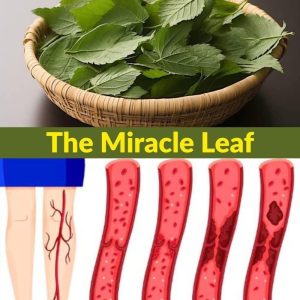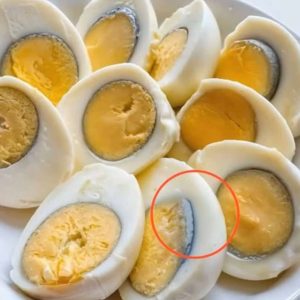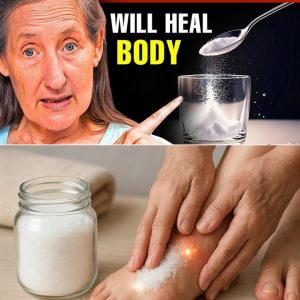Have you ever noticed a green or grayish ring forming around the yolk of your hard-boiled eggs? This common discoloration might look unappetizing, but it’s completely harmless. The green ring is typically the result of a chemical reaction between sulfur in the egg white and iron in the yolk. When eggs are cooked for too long or at too high a temperature, these elements interact and form ferrous sulfide, which creates that greenish tint.
Overcooking is the most frequent cause of this reaction. When eggs are boiled aggressively or for too long, the heat causes the sulfur and iron to bond more intensely. The longer the exposure to heat, the more prominent the ring becomes. While the egg is still safe to eat, the texture may become rubbery and less pleasant, especially in the white.
The age of the egg can also play a role. Older eggs tend to develop the green ring more easily than fresher ones. That’s because as eggs age, the pH of the white increases, which can enhance the sulfur reaction during cooking. Additionally, improperly cooling the eggs after boiling can contribute to the problem. Leaving them in hot water or not chilling them quickly enough can allow the ring to form even after cooking is technically complete.
To avoid the green ring, it’s best to cook eggs gently. Simmer them instead of boiling rapidly, and remove them from heat as soon as they’re done. Immediately plunging the eggs into cold water or an ice bath helps stop the cooking process and keeps the yolk looking bright and appetizing. Following these simple steps ensures your hard-boiled eggs remain not only tasty but visually appealing too.



